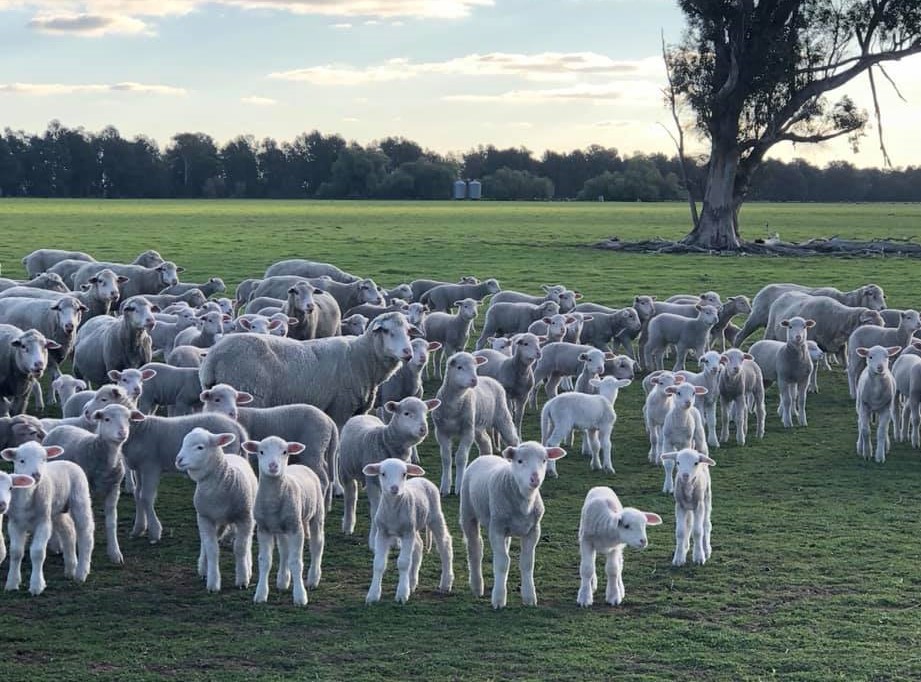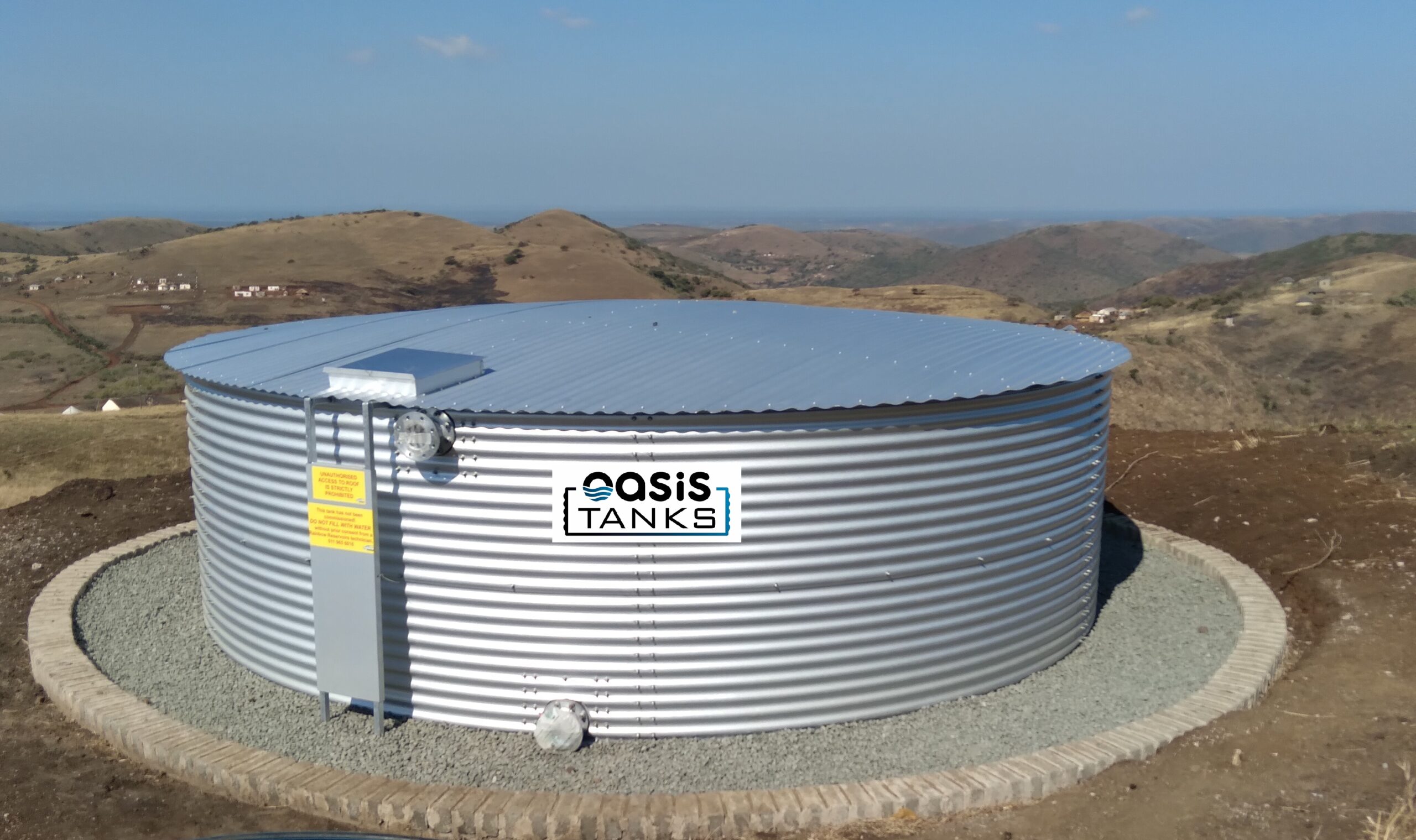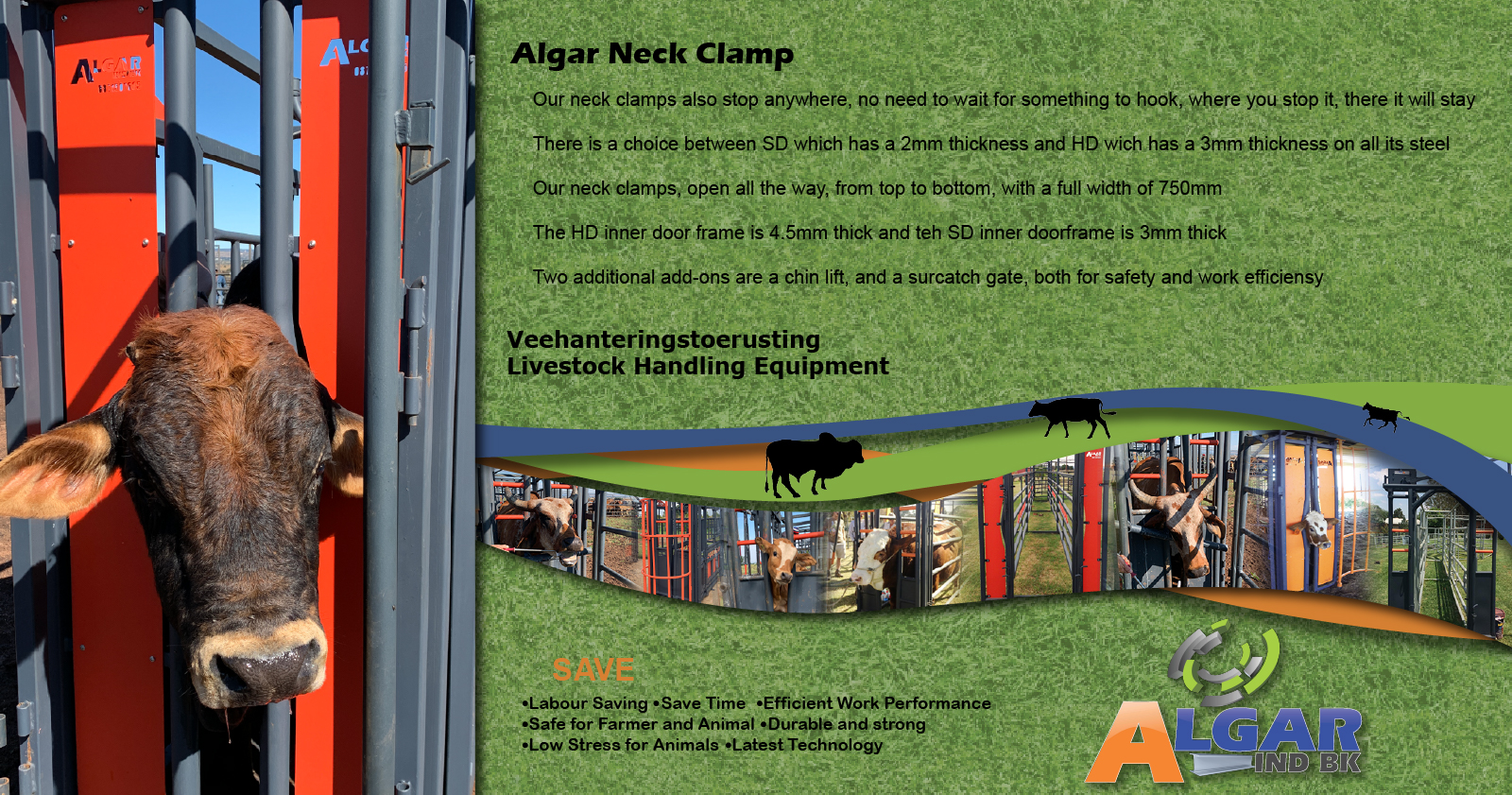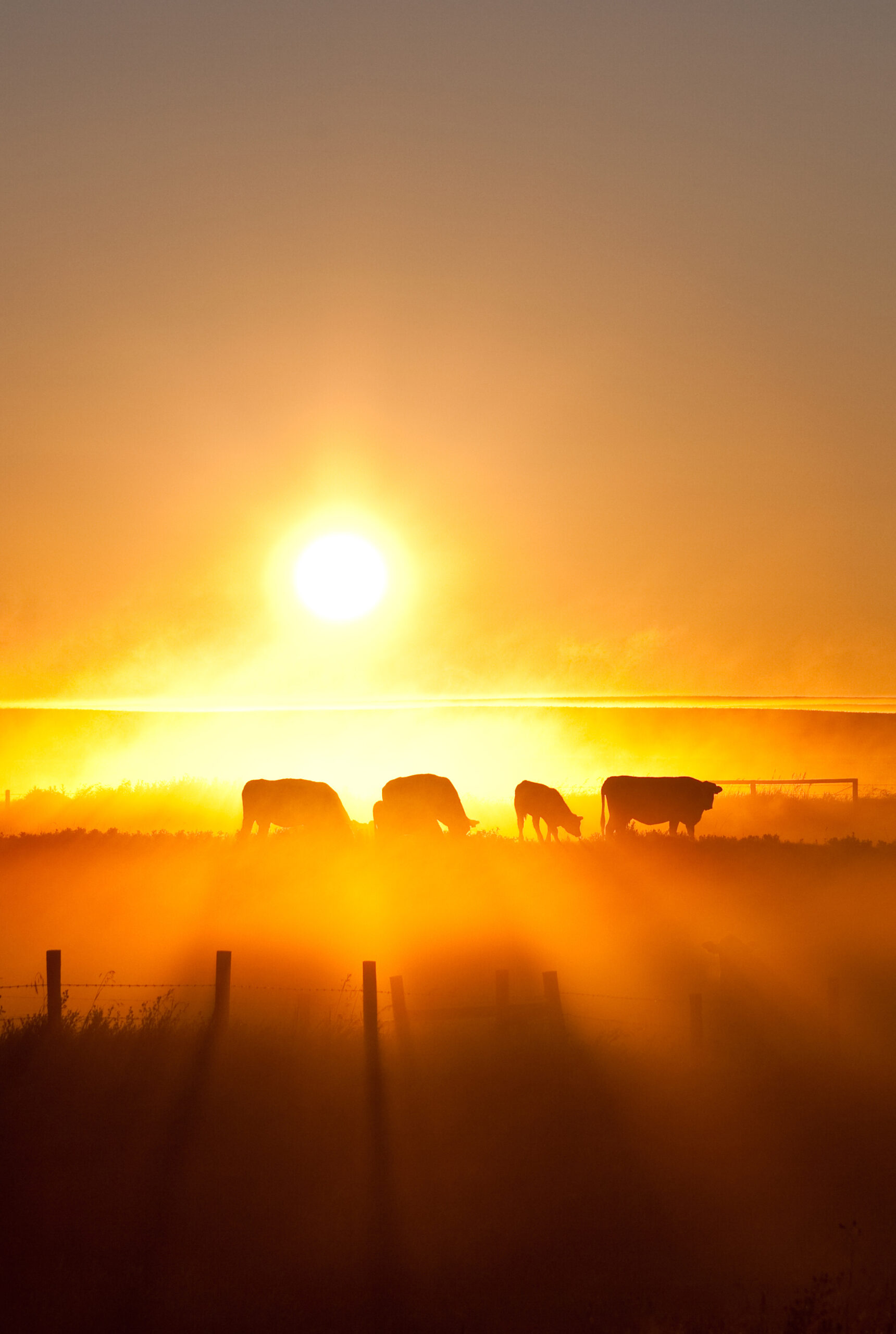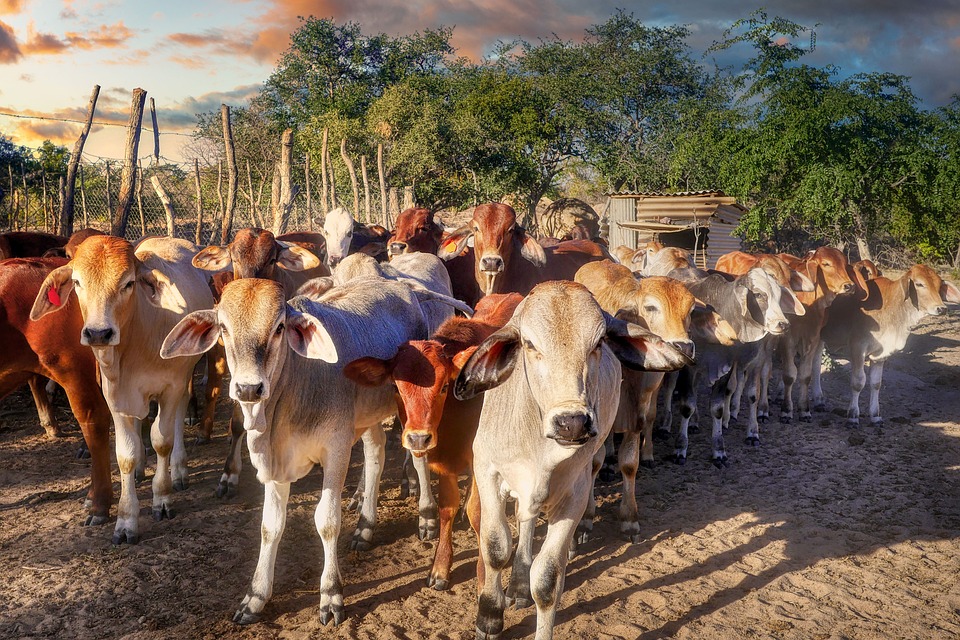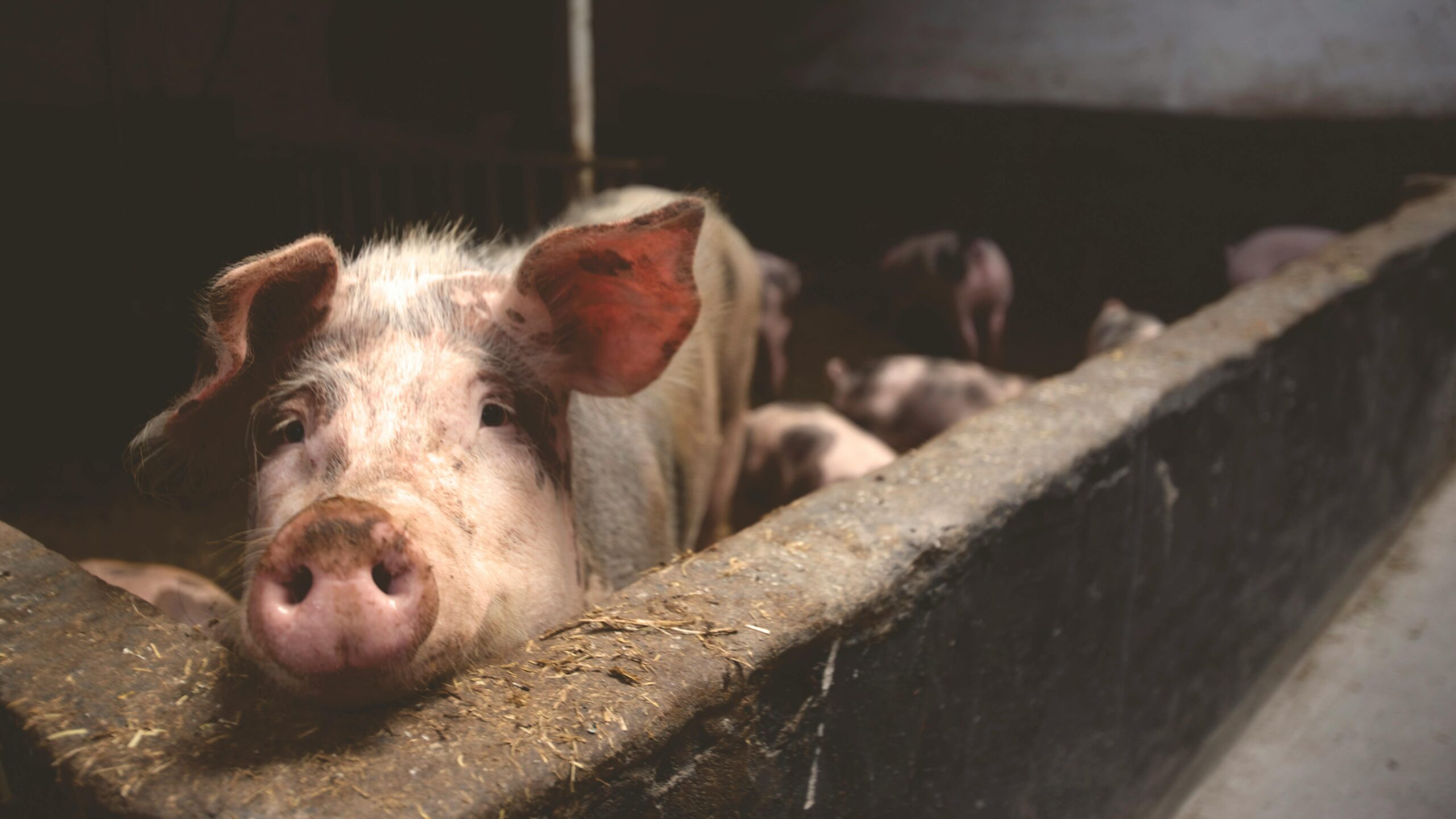Farming is a business, whether you have 10 or 1 000 female animals. The aim is to increase your wealth – to make more money or to have more sheep and/or goats. The best way to achieve this is to get more lambs/kids and then to make sure they do not die or become sick.
Apart from theft, the main constrains most of us are dealing with are:
- Nutrition
- Parasites: Internal and External
- Diseases and death
When small-stock lose weight it can be a result of:
- Food shortage– For instance, their resistance drops and they get more parasites. A food shortage can mean a drop in either the quantity of the available food, or a drop in its quality. They then become thinner and also often acquire diseases and die.
- Sometimes there is still a lot of food available, but they become infested with parasites. As a result they then become “thin” (lose weight), become more prone to ailments, and die.
- The third alternative is where a healthy animal gets sick – for example, getting an abscess on the body. The animal then gets thin/ weak, resulting in parasites and other diseases attacking it, and eventually causing death.
Other losses that we have often missed in the past, are production losses. If ewes lose condition, they do not breed. If they do not grow out well, they miss or skip a breeding cycle and only start breeding a year later in their lives.
No lambs or kids mean no money
If “young stock” get sick or parasite infested, they grow slower and it takes them longer to reach the target or “market weight”. The longer they take to grow, the more animals you have on the available food source. If or when food gets scarce like during the winter months, you have more mouths to feed and to utilise the diminished food that is available outside.
Next, we want to sell off these lambs/kids before nature turns and food gets scarce. In other words, we strive to balance the number of animals we keep on the available food source. Most markets prefer a lamb or kid that weighs 40 – 45 kg live weight (giving a carcass of 18 – 20 kg). Mutton breeds can reach these weights at ± 4 months of age, while dual-purpose breeds take longer to achieve the same target weight.
Management guideline
It is important to understand the way the bodies of the animals we are dealing with, “work”. If the ewe or doe is sick or thin because of a food shortage or parasite infestation, she will not come on heat and breed. She feels that she is battling to survive and can’t bring a lamb or kid into this world under these circumstances.
After good rains, the food supply usually increases, but so do the parasites! Parasite control, as well as vaccinating against diseases, should therefore also be synchronised with seasonal changes which occur after good rains. By doing so, the animals feel better, come into cycle, and get pregnant sooner, leading to more progeny being born.
The art or trick to get more lambs or kids, is thus to let the “mothers feel better”. By deworming, vaccinating, administering trace elements, vitamins and LICK, we can actually make the ewe feel better and get pregnant when WE want them to and not if and when nature dictates.
The next important “production phase” is pregnancy:
A ewe or doe “carries” for 5 months; that is 150 days. There is nothing you and I can do to make this faster or longer. At 50 days the foetus is a little bigger than a matchbox. At 100 days it is roughly the size of a margarine tub (500 g). At birth (146-150 days) when the female “lambs down” or kids, the “baby” weighs 3 – 4 kg (the weight of a brick).
The foetus grows most in the last third of pregnancy. When this happens, the mother’s body realises that a baby is going to be born and that it must make milk (food) for this baby, so the udder starts developing at the same time that the baby inside increases in size. The first milk is called colostrum. In addition to being an important food source, it also supplies antibodies which protect the lamb against reigning diseases.
If we vaccinate the mothers, they will make the best colostrum that will protect their offspring the best against the most important diseases! The ideal time to do this, is 4 – 6 weeks before birth, and that is roughly 4 months after we treated them to get pregnant!

